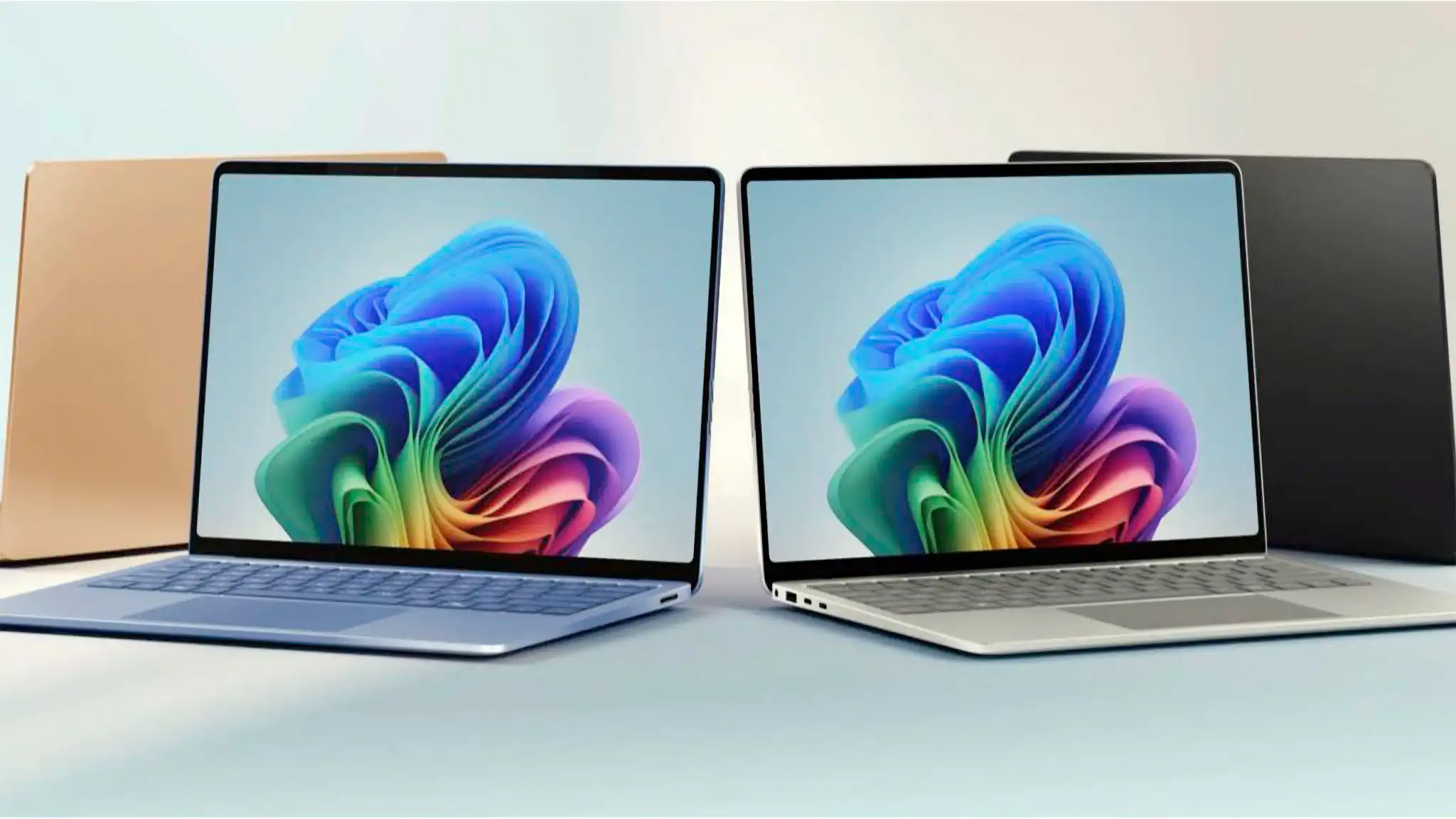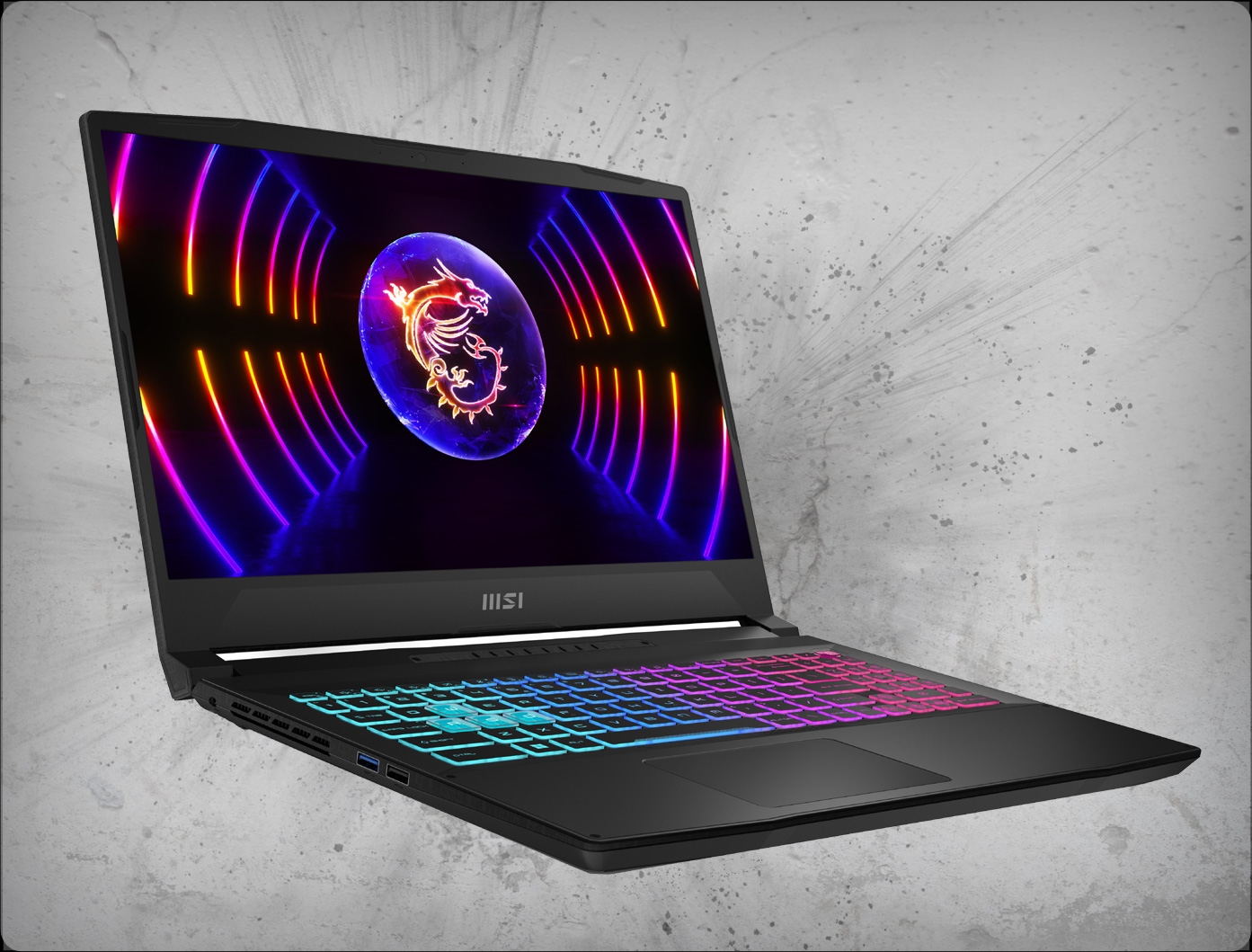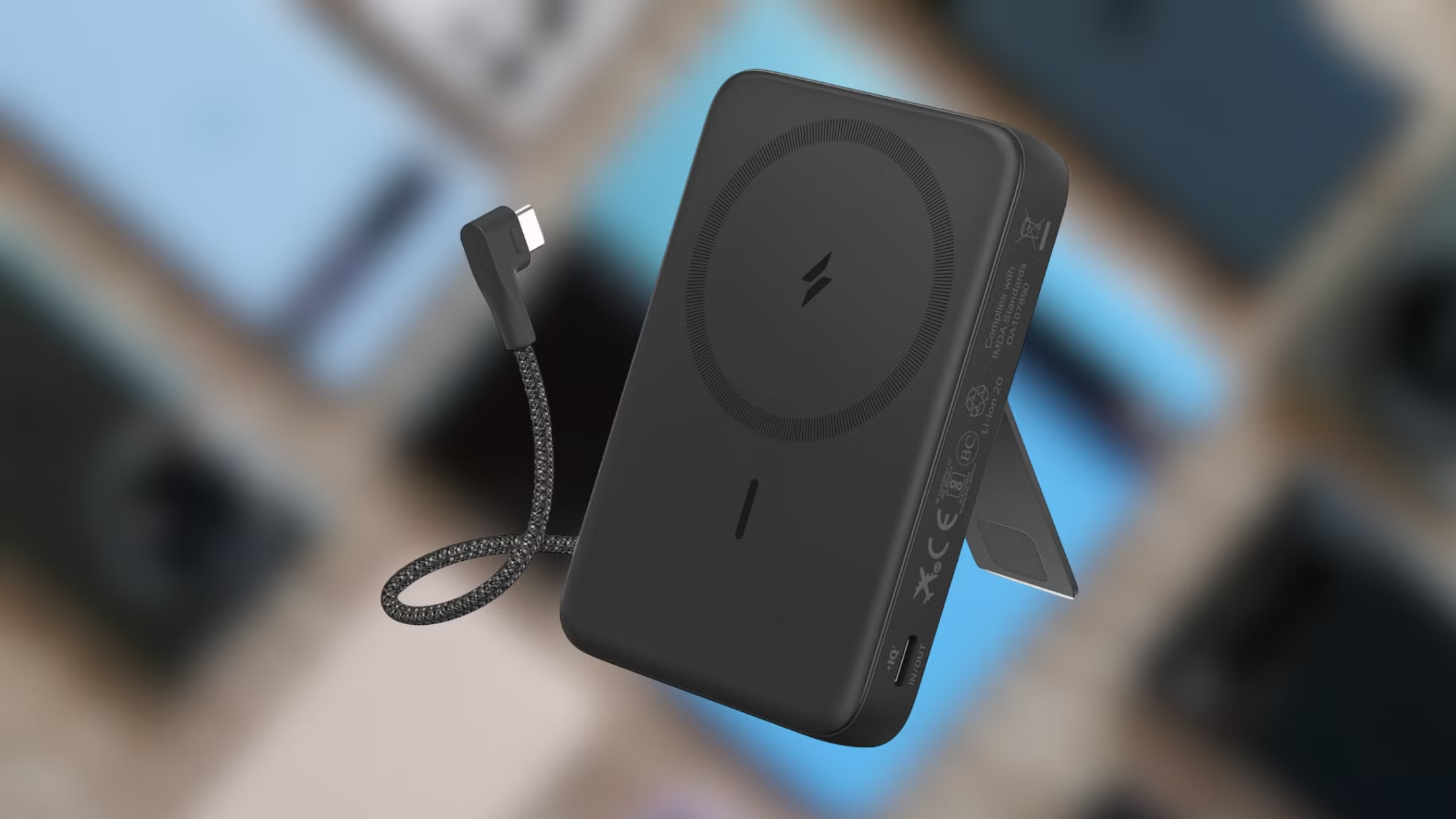Microsoft has developed a new version of Windows 11 for the Arm architecture. Here’s what you need to know about it.
Exciting times! Microsoft recently announced at its developer conference about artificial intelligence, a new laptop class with significantly more powerful Snapdragon X CPUs, and its new operating system for the Arm architecture all sounds really promising.
This is also true in view of the fact that Apple took this step very successfully and consistently years ago. In the meantime, the entire Mac model range has been converted to Arm CPUs from its own production; models with Intel x86 processors are no longer offered.
The fact that Microsoft is now announcing a similar step together with the important computer manufacturers Acer, Asus, Dell, HP, Lenovo, and Samsung is therefore definitely a sign of things to come.
On the other hand, as a long-time IT observer, it is almost alarming when Microsoft once again announces a “new PC era.” The company had already promised the same thing with Windows RT in 2012, but less than two years later, “the new generation of PCs on the Arm platform” was already history. The last devices with Windows RT were then withdrawn from the market.
Certainly, times have changed a lot since then and today’s Arm CPUs can hardly be compared with those of the past. The strength of Apple’s Arm chips compared to those from AMD and Intel on the so-called x86 architecture can be seen, among other things, in the fact that they work faster with the same number of cores and still consume less power. As a result, the notebooks last longer on a single battery charge.
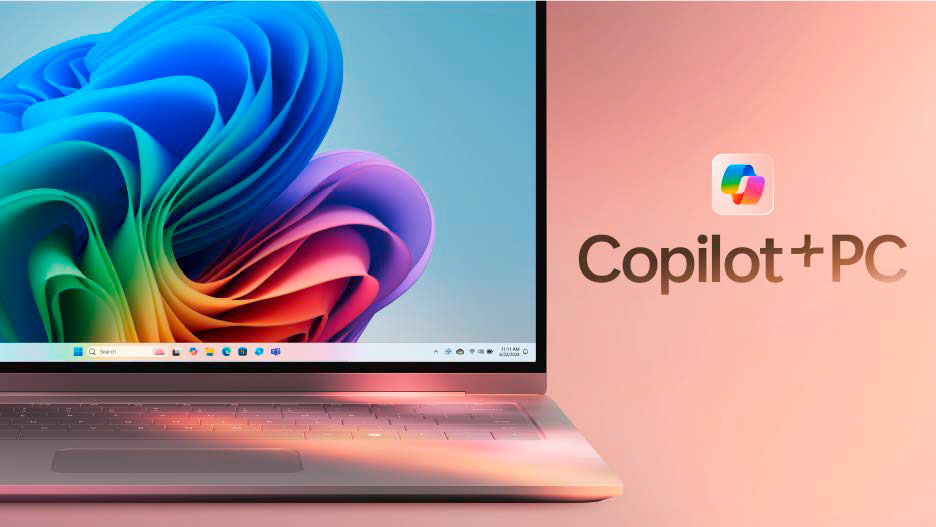
IDG
This alone does not guarantee success for the new system and the new computers. After all, one of the strengths of Windows has always been its compatibility with legacy software. However, this has yet to be proven, as some of the existing applications in the new Windows on Arm run on an emulation.
In the best-case scenario, users won’t even notice this, not even in terms of speed.
In the worst case, however, some software might not run at all, and for many Windows users this is likely to be a no-go and therefore a conscious decision against the Arm architecture. Until recently, Microsoft’s promise that “most existing apps and tools will run smoothly on new Arm devices” could not be verified.
After the experience of the past two decades that only every second Windows version is successful — this applies to XP, 7, and 10 and stands in contrast to the ME, Vista, 8, and 11 editions in between — the next one could now succeed again. As I said, exciting times.
Windows and Surface devices with new Arm architecture
After this categorization, let’s take a detailed look at what Microsoft presented at the end of May. Much of the company’s developer conference centered on artificial intelligence and the associated new Copilot functions and versions.
At the same time, AI was and is at the center of the new PC hardware with CPUs based on Arm architecture and the associated new Windows version.
After the flop of Windows RT, such devices have only been available from Microsoft as absolute niche products. Now Redmond is making a new attempt to counter the increasing competition from Apple.
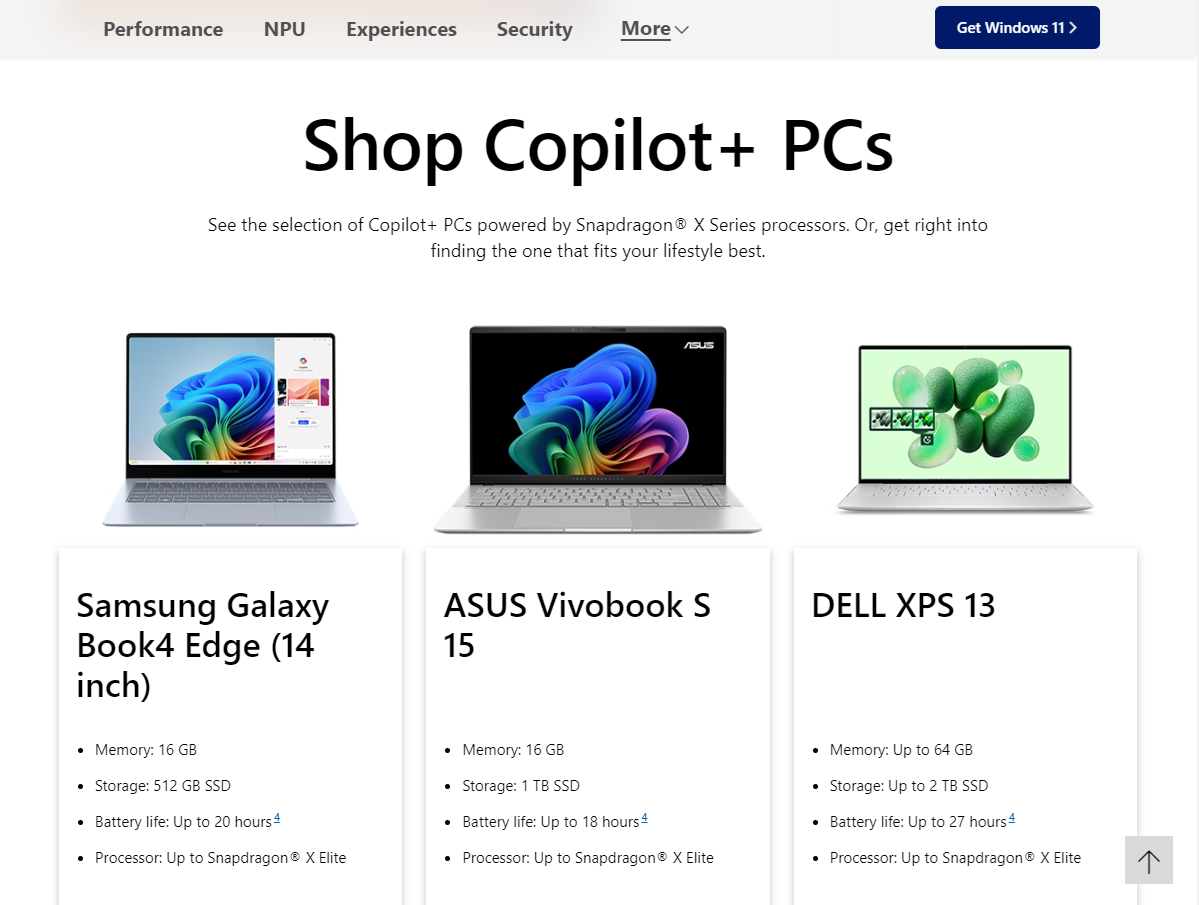
Foundry
The new “Windows on Arm” will initially only run on laptops with processors from Qualcomm. In other words, the company that is already extremely successful with chips for smartphones.
In line with this, Microsoft is launching its own devices in the new “Copilot+ PC” class: The Surface Laptop as a classic notebook and the Surface Pro as a detachable device with a touch display and detachable keyboard.

